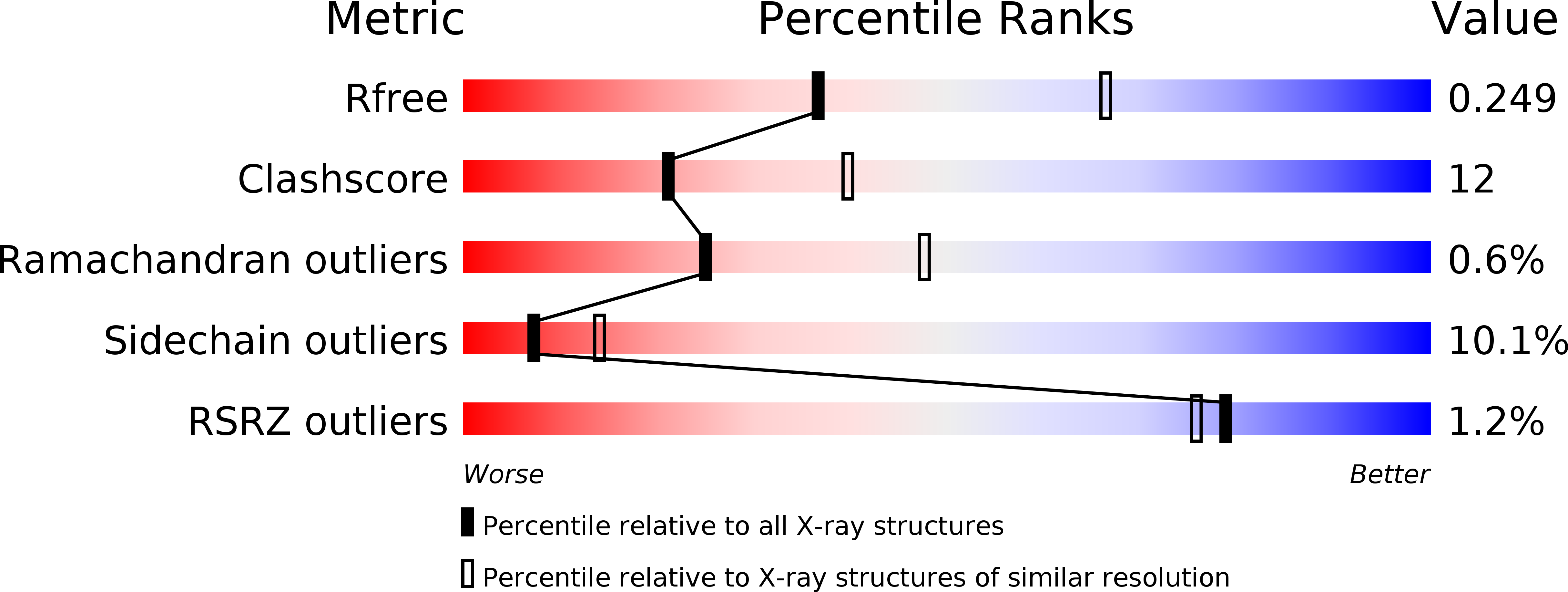
Deposition Date
2011-12-29
Release Date
2012-02-01
Last Version Date
2025-03-26
Entry Detail
Biological Source:
Source Organism:
Kluyveromyces lactis (Taxon ID: 284590)
Host Organism:
Method Details:
Experimental Method:
Resolution:
2.60 Å
R-Value Free:
0.25
R-Value Work:
0.18
R-Value Observed:
0.19
Space Group:
P 43 21 2


